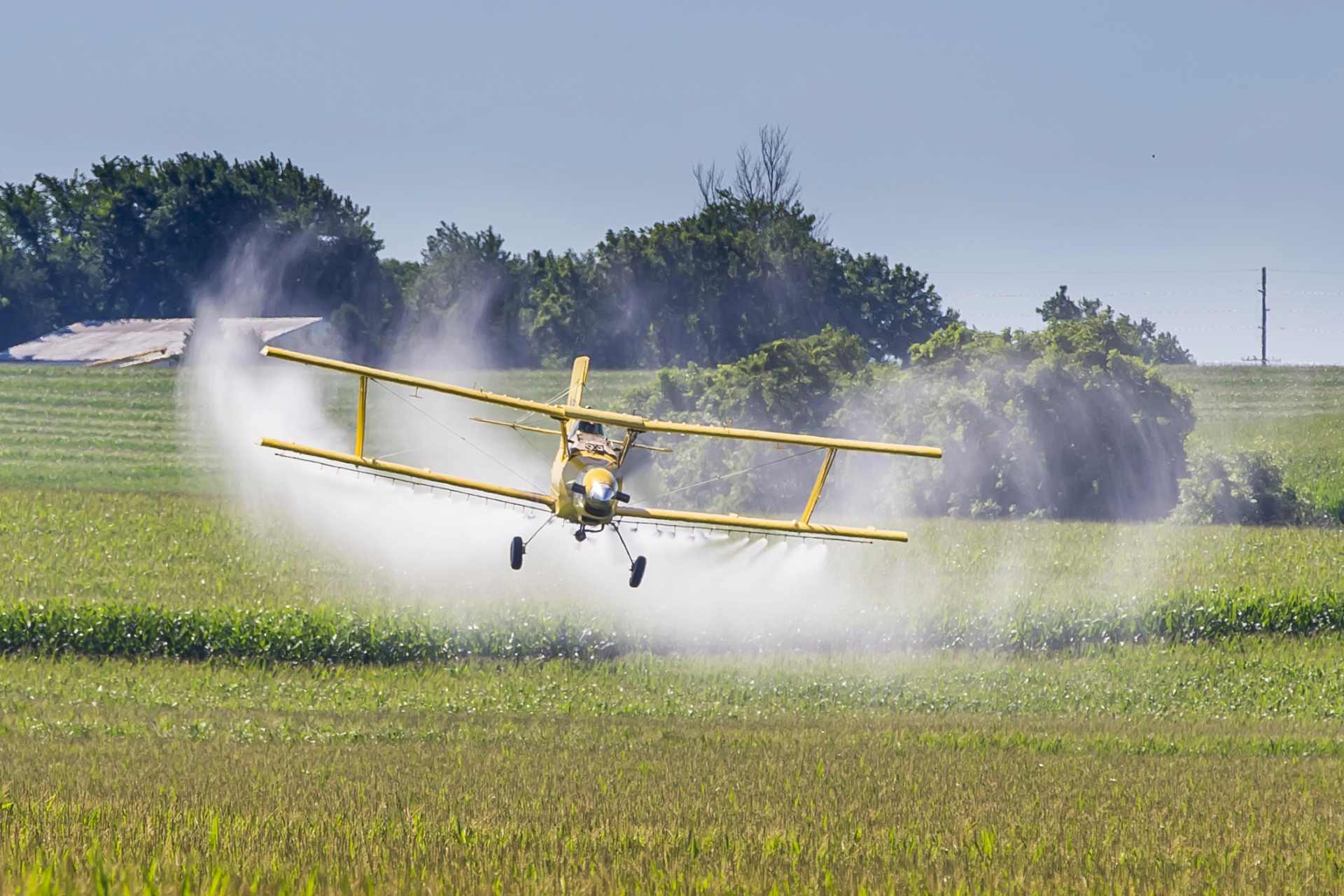On 6 October 2025, the Ministry for Primary Industries (MPI) quietly opened a new consultation:
>>> Proposals to amend the Food Notice:
Maximum Residue Levels for Agricultural Compounds.
The consultation runs until 11.59 pm on 5 December 2025, and it’s your chance to comment on how much chemical residue is legally allowed in the food New Zealanders eat every day.
Important to note: This round does not include glyphosate. But the process is the same one used when MPI proposed massive glyphosate increases in the past. If we ignore these “technical” consultations, we risk setting a precedent that higher limits for all kinds of chemicals are waved through without public challenge.
Why This Still Matters
- Residue limits = legal thresholds
Maximum Residue Levels (MRLs) don’t define “safe” — they set the legal cut-off point. If residues are below the line, the food is considered compliant, even if new science shows health risks at much lower levels. - Chemicals move in and out of scope
Glyphosate isn’t included this time, but that doesn’t mean it won’t be back in future rounds. Right now, MPI is adjusting rules for other herbicides, fungicides, and veterinary drugs. The same process could apply to glyphosate next time. - Everyday foods are affected
The compounds under review — like dicamba, lasalocid, myclobutanil, and trifloxystrobin — show up in meat, milk, eggs, cereals, grapes, cucumbers, melons, kiwifruit, and more. These are staple foods for Kiwi families. - Public voice matters
Submissions are one of the few tools we have to push back. They become part of the official record that MPI, industry, and politicians can’t ignore.
Breaking Down the Proposals
MPI’s discussion paper includes seven proposals in Schedule 1 (food residue levels) and one new entry in Schedule 3 (no MRL required).
Here’s the simplified breakdown:
| Compound | Where It Shows Up | Proposed Change | Why It Matters |
|---|---|---|---|
| Dicamba (herbicide) | Poultry meat, fat, offal, eggs | New explicit MRLs (e.g., 0.01 mg/kg in eggs) | Low-level residues in chicken and eggs would now be formally legalised. Dicamba is a weedkiller used on pasture and crops. |
| Hydrocortisone Aceponate (steroid, vet use) | Cattle meat, offal, milk | Entry removed | With no clear analytical test, residues would no longer be monitored — creating a gap in oversight. |
| Lasalocid Sodium (ionophore drug) | Milk, meat, liver, poultry | Expanded MRL list, including 0.005 mg/kg in milk, 1.2 mg/kg in poultry liver | Allows low-level residues of a veterinary drug in foods we consume daily. |
| Myclobutanil (fungicide) | Grapes, pome fruit, cucurbits | Wording change — “inedible peel” replaced with “melons/pumpkins/winter squash” | A technical reclassification, but keeps residues on popular fruit/veg. |
| Proquinazid (fungicide) | Grapes, apples, cucurbits | Clarifies “edible peel” (cucumbers) vs “inedible peel” (melons/pumpkins) | Makes categories clearer, but residue allowances remain. |
| Quinoxifen (fungicide) | Grapes, cucurbits | Similar rewording as above | Technical, but still entrenches residues on staple crops. |
| Trifloxystrobin (fungicide) | Cereals, citrus, kiwifruit, pome & stone fruits, cucurbits | Clarifies crop groups | Applies residue thresholds across a wide range of staple foods. |
| Ethanol (teat wipes) | Dairy industry | Added to Schedule 3, “no MRL required” | Low risk in this case (alcohol evaporates), but shows how exemptions are used. |
Key Takeaways
- No glyphosate this round – but glyphosate was on the table before, and could be again. This consultation shows how MRLs are quietly adjusted, often with little public input.
- Residues across staple foods – milk, meat, eggs, cereals, and fresh fruit are all affected by the proposals.
- Process transparency – these changes look “technical,” but they normalise the idea that chemical residues are part of everyday food.
How to Have Your Say: Submissions close 11.59 pm, 5 December 2025.
Make a submission via:
- SurveyMonkey form: MPI Consultation Link
- Email: ACVM.Consultation@mpi.govt.nz
- Post: MRL Amendments, NZ Food Safety, PO Box 2526, Wellington 6140
Tips for submissions:
- Be clear if you agree or disagree with each change.
- Share personal reasons — health, family, farming, food exports.
- Ask for stronger precautionary principles and independent testing.
- Remind MPI that New Zealand consumers want fewer chemicals in food, not more.
Final Thought
It might feel like “just paperwork,” but these consultations decide the invisible rules behind what ends up on your plate.
Today it’s dicamba, lasalocid, and fungicides. Tomorrow, it could be glyphosate again. If we don’t speak up now, we send a signal that New Zealanders don’t care — and that’s the green light industry needs to keep pushing limits higher.
Make your voice heard before 5 December 2025.
Resources & References
Related Articles on nomoreglyphosate.nz:
Why Raising MRLs Threatens Public Health
Explains why increasing maximum residue levels doesn’t make food safer — it just legalises higher contamination.
When Breaches Become the Baseline, coming soon
Shows how repeated residue breaches have led regulators to quietly lift limits instead of reducing chemical use.
Glyphosate and Metabolic Dysfunction — What the Science Is Telling Us
Summarises new research linking glyphosate exposure to obesity, diabetes, and energy system disruption.
Glyphosate in Waterways: A Contamination Crisis
Reveals how glyphosate seeps into rivers, lakes, and drinking water, raising risks for ecosystems and communities.
External Sources:
MPI Consultation Page
Official site for the consultation, including background documents and submission details.
Codex Alimentarius Database
International food code setting pesticide residue standards that MPI often aligns with.
IARC Glyphosate Classification
WHO’s cancer research agency report that classified glyphosate as a “probable human carcinogen.”
From Paddock to Plate,
Every Bite Should Be Safe.
Image Source & Attribution
We’re grateful to the talented photographers and designers whose work enhances our content. The feature image on this page is by actionsports.




